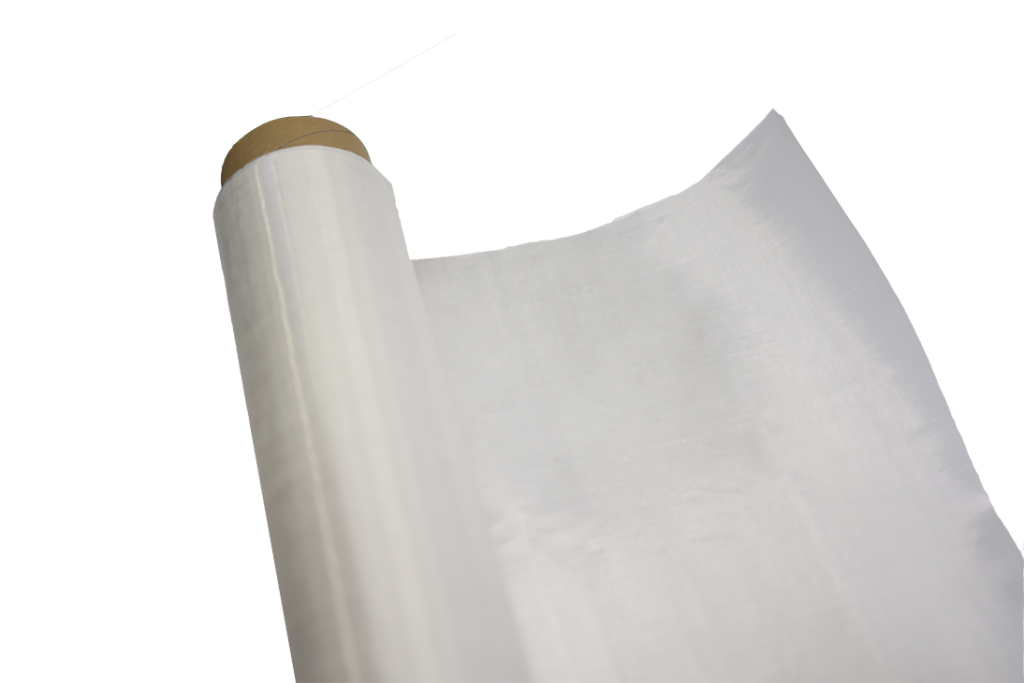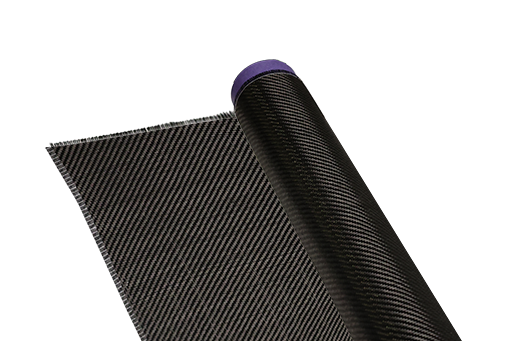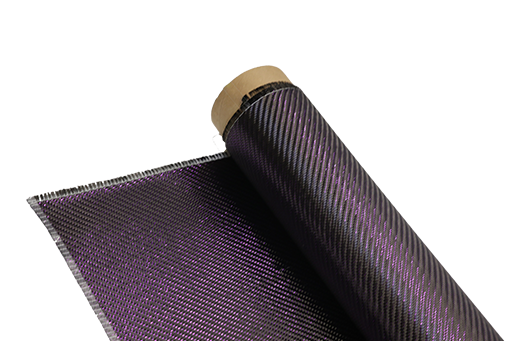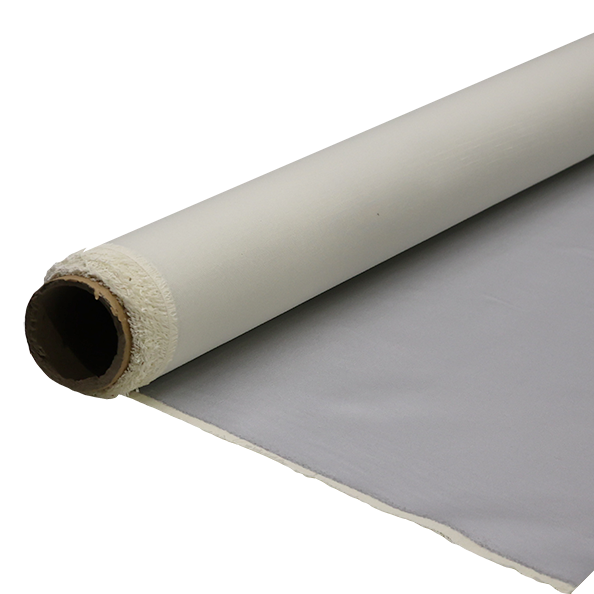Fire-Resistant Resin Launched for High-Temp Applications
-
Tabla de contenido
“Unyielding Protection: Fire-Resistant Resin for Extreme Heat Applications.”
Introducing a groundbreaking advancement in material science, the newly launched fire-resistant resin is specifically engineered for high-temperature applications. This innovative resin offers exceptional thermal stability and flame retardancy, making it ideal for industries such as aerospace, automotive, and electronics, where safety and performance are paramount. With its ability to withstand extreme heat while maintaining structural integrity, this resin not only enhances product durability but also meets stringent safety standards. Its versatile applications and superior properties position it as a game-changer in the quest for safer, more reliable materials in high-stress environments.
Advantages of Fire-Resistant Resin in High-Temperature Environments
The introduction of fire-resistant resin specifically designed for high-temperature applications marks a significant advancement in materials science, offering numerous advantages that enhance safety and performance in various industries. One of the primary benefits of this innovative resin is its ability to withstand extreme temperatures without compromising structural integrity. Traditional materials often fail under high heat, leading to catastrophic failures and safety hazards. In contrast, fire-resistant resin maintains its mechanical properties even when exposed to elevated temperatures, making it an ideal choice for applications in aerospace, automotive, and industrial sectors.
Moreover, the inherent fire-resistant properties of this resin significantly reduce the risk of ignition and flame spread. This characteristic is particularly crucial in environments where flammable materials are present or where equipment operates at high temperatures. By incorporating fire-resistant resin into their designs, manufacturers can enhance the overall safety of their products, thereby protecting both personnel and assets. This aspect is not only vital for compliance with stringent safety regulations but also serves to bolster the reputation of companies committed to prioritizing safety in their operations.
In addition to its safety benefits, fire-resistant resin also offers excellent thermal stability. This stability ensures that the material does not degrade or lose its functional properties over time, even when subjected to prolonged exposure to high temperatures. As a result, components made from this resin can maintain their performance and reliability, reducing the need for frequent replacements or repairs. This longevity translates into cost savings for businesses, as they can minimize downtime and maintenance expenses associated with material failure.
Furthermore, the versatility of fire-resistant resin allows it to be tailored for specific applications. Manufacturers can modify the resin’s formulation to achieve desired characteristics, such as enhanced mechanical strength, improved chemical resistance, or specific thermal properties. This adaptability makes it suitable for a wide range of high-temperature applications, from electrical insulation in power generation to protective coatings in industrial machinery. As industries continue to evolve and demand more specialized materials, the ability to customize fire-resistant resin will undoubtedly play a pivotal role in meeting these needs.
Another significant advantage of fire-resistant resin is its lightweight nature compared to traditional materials like metals or ceramics. This reduction in weight is particularly beneficial in sectors such as aerospace and automotive, where every ounce counts in terms of fuel efficiency and performance. By utilizing fire-resistant resin, manufacturers can create lighter components without sacrificing strength or safety, ultimately leading to more efficient designs and improved overall performance.
Additionally, the environmental impact of fire-resistant resin is worth noting. Many formulations are designed to be more sustainable, incorporating eco-friendly materials and processes. This focus on sustainability aligns with the growing demand for greener alternatives in manufacturing, allowing companies to meet both regulatory requirements and consumer expectations for environmentally responsible products.
In conclusion, the advantages of fire-resistant resin in high-temperature environments are manifold, encompassing enhanced safety, thermal stability, versatility, lightweight properties, and environmental sustainability. As industries increasingly seek materials that can withstand the rigors of extreme conditions while promoting safety and efficiency, fire-resistant resin stands out as a transformative solution. Its ability to meet the challenges posed by high-temperature applications positions it as a critical material for the future, paving the way for innovations that prioritize both performance and safety.
Applications of Fire-Resistant Resin in Aerospace and Automotive Industries

The introduction of fire-resistant resin has marked a significant advancement in materials science, particularly within the aerospace and automotive industries. These sectors are characterized by their stringent safety standards and the need for materials that can withstand extreme conditions. Fire-resistant resin offers a solution that not only meets these requirements but also enhances performance and durability in high-temperature applications.
In the aerospace industry, the demand for lightweight yet robust materials is paramount. Aircraft components must endure high temperatures and potential fire hazards during operation. Fire-resistant resin is increasingly being utilized in the manufacturing of various parts, including interior panels, insulation materials, and structural components. The resin’s ability to resist combustion and maintain structural integrity under extreme heat makes it an ideal choice for these applications. Furthermore, the incorporation of fire-resistant resin can lead to weight savings, which is crucial for improving fuel efficiency and overall aircraft performance. As airlines and manufacturers strive to meet environmental regulations and reduce operational costs, the adoption of such advanced materials becomes essential.
Transitioning to the automotive sector, the use of fire-resistant resin is equally transformative. Modern vehicles are equipped with numerous electronic components that generate heat, making fire safety a critical concern. Fire-resistant resin is being integrated into various automotive parts, including electrical housings, under-the-hood components, and interior finishes. By utilizing this resin, manufacturers can enhance the safety of their vehicles while also improving the longevity of components exposed to high temperatures. Additionally, the resin’s lightweight properties contribute to overall vehicle efficiency, aligning with the industry’s shift towards more sustainable practices.
Moreover, the versatility of fire-resistant resin extends beyond mere safety; it also allows for greater design flexibility. In both aerospace and automotive applications, engineers are increasingly able to create complex geometries that were previously challenging to achieve with traditional materials. This capability not only facilitates innovative designs but also optimizes the performance of components, leading to enhanced functionality and aesthetic appeal. As a result, manufacturers can differentiate their products in a competitive market while adhering to safety regulations.
Furthermore, the integration of fire-resistant resin into manufacturing processes can streamline production. The resin can be processed using various techniques, including injection molding and 3D printing, which are becoming more prevalent in both industries. These methods allow for rapid prototyping and reduced lead times, enabling companies to respond swiftly to market demands. As the aerospace and automotive sectors continue to evolve, the ability to quickly adapt and innovate is crucial for maintaining a competitive edge.
In conclusion, the launch of fire-resistant resin represents a pivotal development for high-temperature applications in the aerospace and automotive industries. Its unique properties not only enhance safety and performance but also promote design innovation and manufacturing efficiency. As these industries face increasing pressure to improve safety standards and reduce environmental impact, the adoption of fire-resistant resin is likely to become more widespread. This material not only addresses immediate challenges but also paves the way for future advancements, ensuring that both sectors can continue to thrive in an ever-evolving landscape. The ongoing research and development in this field will undoubtedly lead to even more applications and improvements, solidifying fire-resistant resin’s role as a cornerstone of modern engineering solutions.
Comparison of Fire-Resistant Resin with Traditional Materials for High-Temp Use
In recent years, the demand for materials that can withstand extreme temperatures has surged, particularly in industries such as aerospace, automotive, and electronics. As a result, the introduction of fire-resistant resin has marked a significant advancement in material science, offering a compelling alternative to traditional materials used in high-temperature applications. To understand the advantages of fire-resistant resin, it is essential to compare it with conventional materials, such as metals and standard polymers, which have long been the go-to choices for high-temperature environments.
Traditional materials, particularly metals like aluminum and steel, have been favored for their strength and durability. However, they often come with limitations, especially concerning weight and corrosion resistance. While metals can endure high temperatures, they can also become brittle and lose structural integrity when exposed to extreme heat over prolonged periods. In contrast, fire-resistant resin is engineered to maintain its mechanical properties even under intense thermal stress. This resilience not only enhances the longevity of components but also reduces the risk of catastrophic failure in critical applications.
Moreover, the weight factor plays a crucial role in industries where efficiency and performance are paramount. Fire-resistant resin is significantly lighter than metals, which can lead to improved fuel efficiency in aerospace and automotive applications. The reduction in weight without compromising strength allows for more innovative designs and greater flexibility in engineering. As industries strive for sustainability and reduced emissions, the lightweight nature of fire-resistant resin becomes an attractive feature, enabling manufacturers to meet stringent regulatory standards while enhancing performance.
In addition to weight and thermal stability, the chemical resistance of fire-resistant resin further distinguishes it from traditional materials. Many high-temperature applications involve exposure to harsh chemicals and environmental conditions that can degrade metals and standard polymers. Fire-resistant resin, on the other hand, exhibits superior resistance to a wide range of chemicals, making it an ideal choice for applications in the chemical processing and oil and gas industries. This characteristic not only extends the lifespan of components but also minimizes maintenance costs, providing a more economical solution over time.
Another critical aspect to consider is the ease of fabrication. Traditional materials often require complex machining and welding processes, which can be time-consuming and costly. Fire-resistant resin, however, can be molded into intricate shapes and designs with relative ease, allowing for more efficient production methods. This capability not only accelerates the manufacturing process but also opens up new possibilities for innovative designs that were previously unattainable with conventional materials.
Furthermore, the environmental impact of materials is becoming increasingly important in today’s manufacturing landscape. Fire-resistant resins are often formulated to be more environmentally friendly than traditional materials, which may involve energy-intensive production processes and contribute to higher carbon footprints. As industries move towards greener practices, the adoption of fire-resistant resin aligns with sustainability goals, offering a more responsible choice for high-temperature applications.
In conclusion, the comparison between fire-resistant resin and traditional materials reveals a clear shift towards more advanced, efficient, and sustainable solutions for high-temperature applications. With its superior thermal stability, lightweight properties, chemical resistance, ease of fabrication, and environmental benefits, fire-resistant resin stands out as a formidable alternative. As industries continue to evolve and demand more from their materials, the adoption of fire-resistant resin is likely to become increasingly prevalent, paving the way for innovations that enhance performance and safety in high-temperature environments.
Preguntas y respuestas
1. **What is fire-resistant resin?**
Fire-resistant resin is a specialized polymer material designed to withstand high temperatures and resist combustion, making it suitable for applications in environments where fire safety is critical.
2. **What are the key applications of fire-resistant resin?**
Key applications include aerospace components, automotive parts, electrical insulation, and construction materials, particularly in areas exposed to high heat or fire hazards.
3. **What are the benefits of using fire-resistant resin in high-temperature applications?**
Benefits include enhanced safety by reducing fire risk, improved durability and performance under extreme conditions, and compliance with industry regulations for fire safety.The launch of fire-resistant resin for high-temperature applications represents a significant advancement in materials science, offering enhanced safety and performance in environments prone to extreme heat. This innovative resin not only meets stringent safety standards but also expands the potential for use in various industries, including aerospace, automotive, and electronics. Its ability to withstand high temperatures while maintaining structural integrity positions it as a critical solution for manufacturers seeking to improve product durability and reliability. Overall, this development underscores the ongoing commitment to advancing materials that prioritize both safety and functionality in demanding applications.











